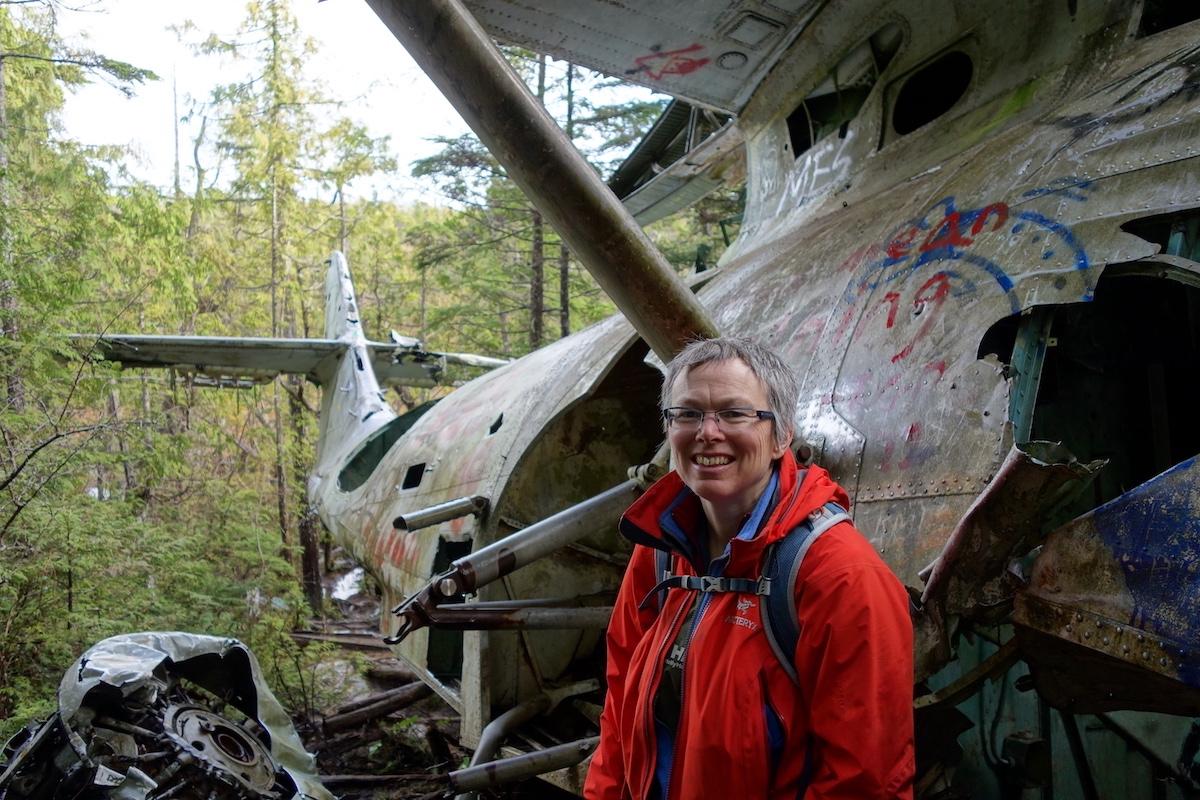
Parks Canada historian Meg Stanley at the Canso Bomber crash site in Pacific Rim National Park Reserve/Parks Canada
Parks Canada historian Meg Stanley has a succinct and evocative way of describing her job: “It’s the art of fitting a story into a space, and taking a story and expressing it in a three-dimensional way.”
She has delved into the history of the Trans-Canada Highway in Glacier National Park and Yoho National Park, helped redevelop Cave and Basin National Historic Site with new exhibits and an interpreters’ handbook, and explored root cellars for an exhibit at Bar U Ranch National Historic Site.
The road to this dream gig started with a master’s degree in public history from Western University and then 20 years consulting in the heritage field in Vancouver before joining Parks Canada in 2009.
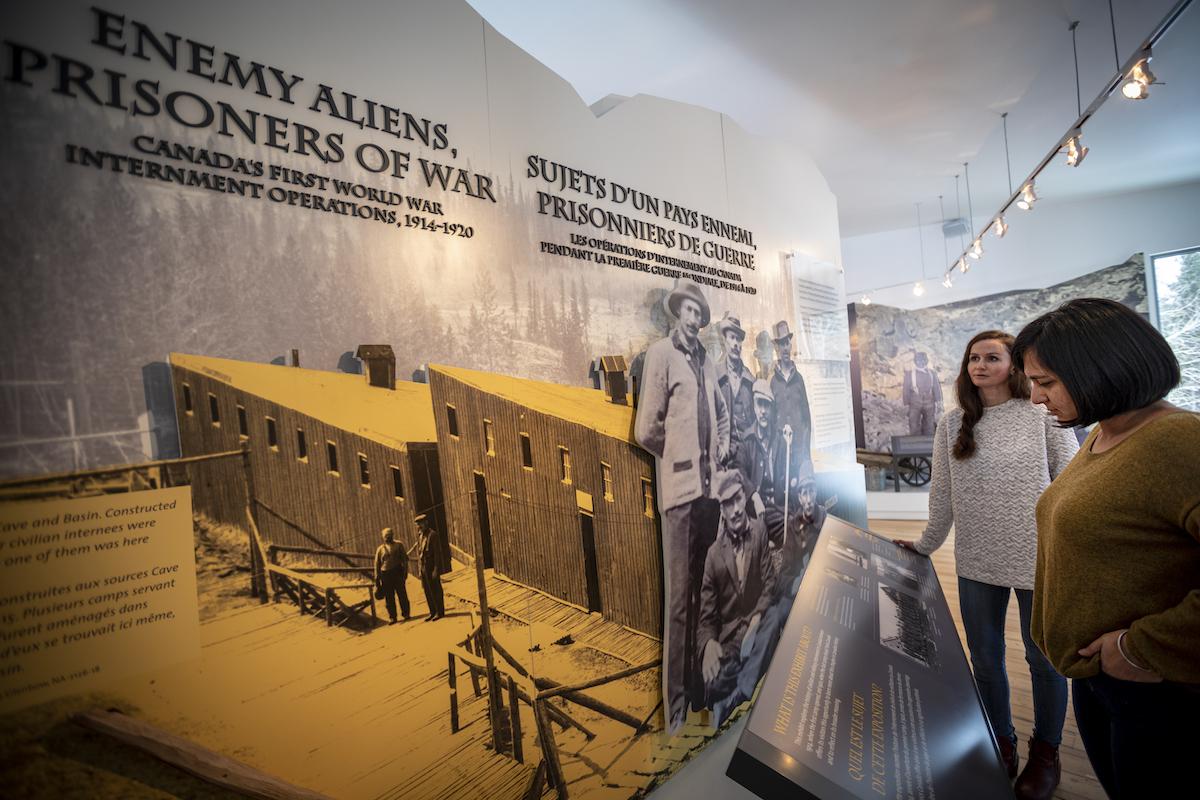
Visitors read the "Enemy Aliens, Prisoners of War" internment diorama at Cave and Basin National Historic Site in Banff National Park/Parks Canada
Now based in Calgary, Stanley's role is tucked into the Archaeology and History Branch and the Indigenous Affairs and Cultural Heritage Directorate. She specializes in public history, Western Canadian/British Columbia history, late 19th and 20th century environmental history (including Parks Canada history), and the history of recreation. A typical day includes researching, writing and collaborating.
One of Stanley’s first major projects was to research Canada’s First World War internment operations for an exhibit at Cave and Basin within Banff National Park. “Enemy Aliens, Prisoners of War: Canada’s First World War Internment Operations 1914-1920” explores the way that Canada interned civilian prisoners of war from countries it was at war with.
She researched the topic, wrote about it, acquired images and worked with designers on the exhibit concept. “The historian is one part of a larger, interdisciplinary team,” says Stanley.

The reimagined Cave and Basin National Historic Site's Story Hall exhibit space/Parks Canada
She also worked on a redevelopment of Cave and Basin, which celebrates Banff as the birthplace of Canadian national parks. Back in 1883, three railway workers stumbled upon a mountain cave — long known to Indigenous people — full of hot mineral spring waters. They built a small structure and set up for paying guests but lost their bid to claim title to the land. The Canadian government wisely deemed the area off-limits for sale or settlement and started creating a national park system. A town, hotel and bridge over the Bow River were constructed so people could access the Cave and Basin.
“It gets developed for a place to go and bathe,” notes Stanley, “and so it’s part of the original constellation of attractions at Banff National Park.”
Again, there was work on the storyline, developing content, acquiring images and working with designers, plus helping make a film to be shown in English and French in the exhibition space.
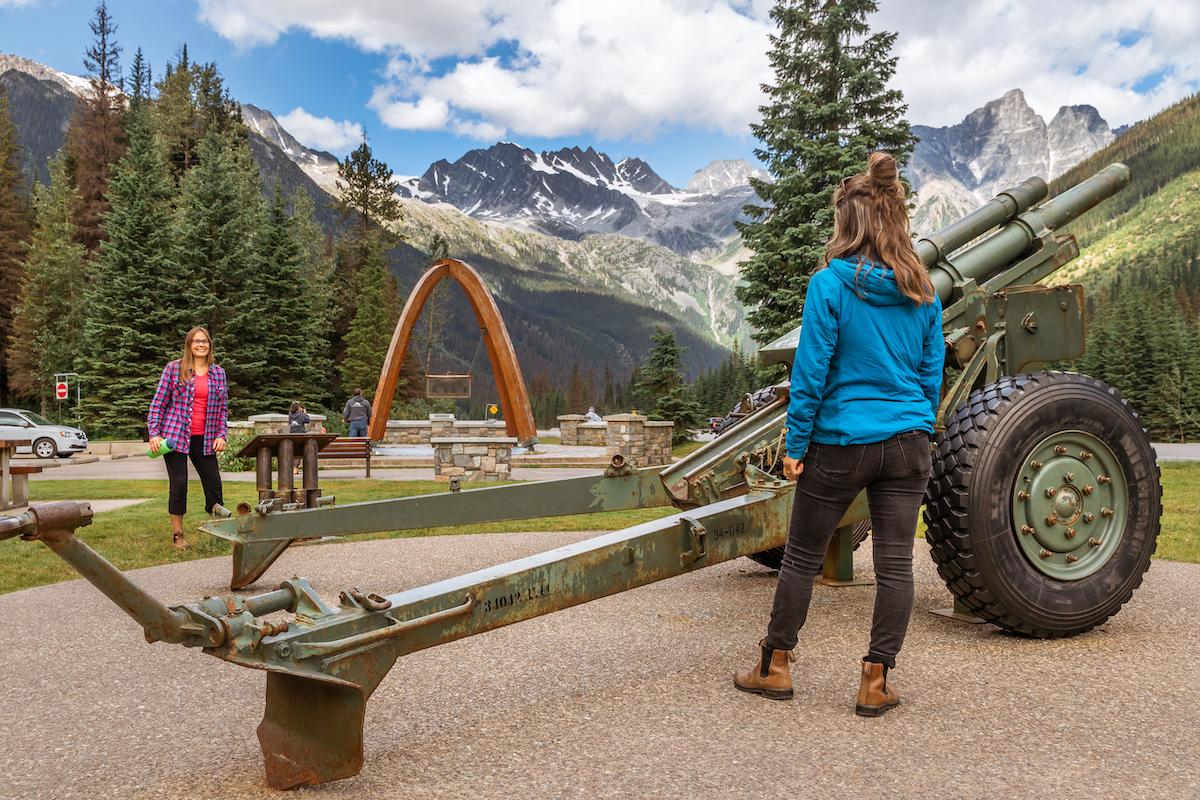
The official opening of the Trans-Canada Highway was in Rogers Pass in 1962 and the monument in the background commemorates the event/Parks Canada
Stanley has now developed a full-on fascination with “highway tourism” and the way the Trans-Canada Highway helped transform national parks by making access easier. She believes it’s important to build appreciation for these kinds of resources so people understand them “as something with a history, something with a philosophy.”
Her work on this front has touched on Kicking Horse Pass National Historic Site, Rogers Pass in Glacier National Park and Yoho.
Another fun project was looking at Bar U Ranch’s root cellar, writing a background piece and helping the site create an exhibit for its visitor centre. She provided a general history of root cellars, a specific history of Bar U's root cellar, and an interpretation concept with text and images.
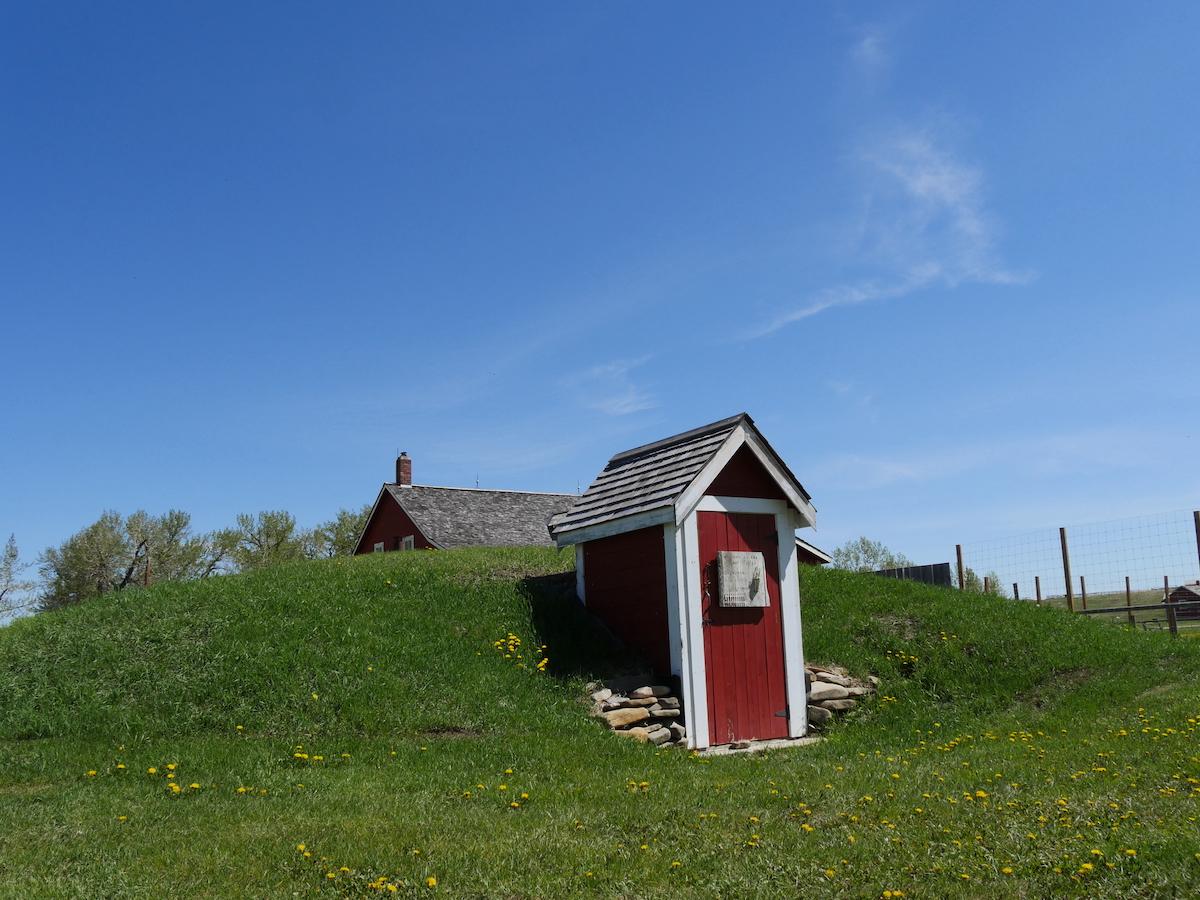
The entrance to the root cellar at Bar U Ranch National Historic Site/Parks Canada
“What are different ways that people preserved food over time and how does underground cold storage fit in?” asks Stanley. She looked into canning, preserving and how rural electricity changed food preservation, and can still rhyme off a list of food words (rot, putrefy, sour, corrupt, go rank, mothered, maggoty) associated with this project.
“I didn’t think I’d be interested in food preservation, but I found it fascinating.”
There are multiple historians working for Parks Canada. Stanley zeroes in on the mountain and coastal field units in Alberta and British Columbia, but can be looped into other projects if her area of expertise is needed.
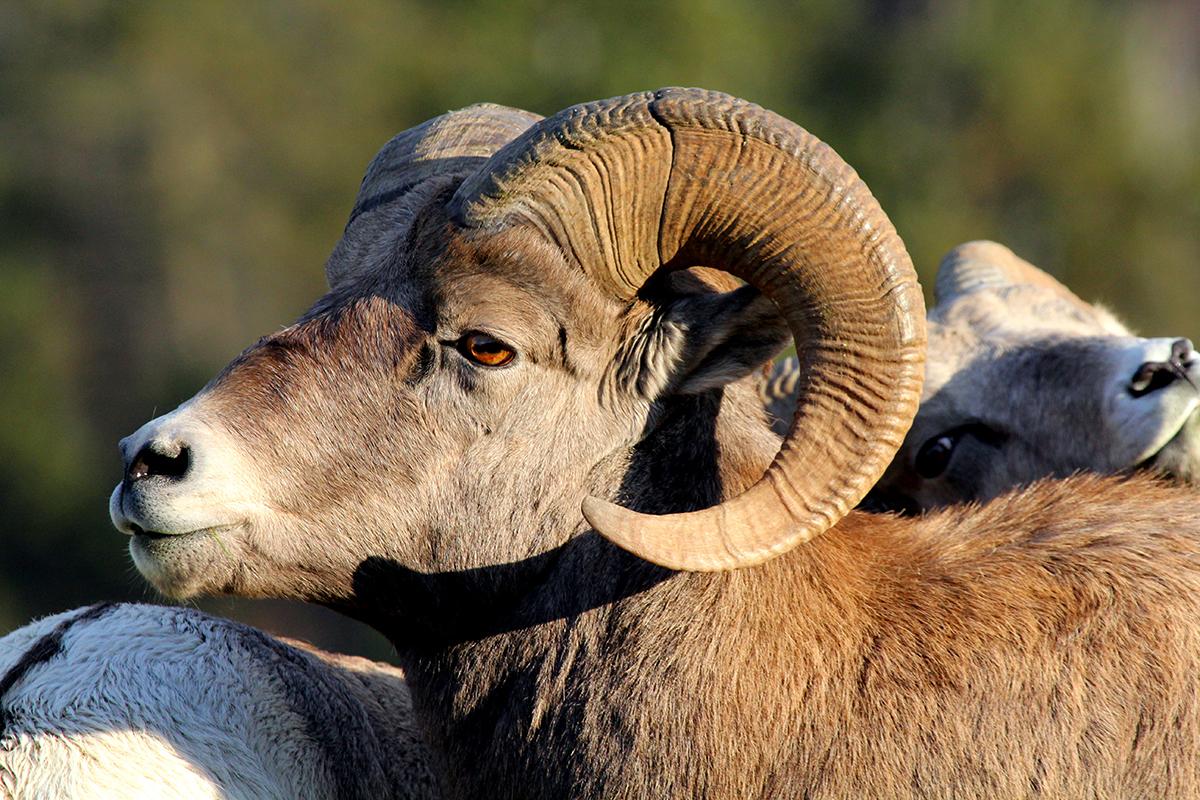
Now it's time to research the iconic bighorn sheep at Kootenay National Park/A. Dibb, Parks Canada
Now she’s working with Kootenay National Park on a series of “short” historical essays — short to her means 5,000 to 7,000 words — to mark its centennial and support interpretation and web material. She has already written two essays on Radium Hot Springs and will be analyzing the local highway history. She’ll also dig into the park's iconic species — Rocky Mountain bighorn sheep and mountain goats (which are the park’s symbol) — and figure out how they are understood and managed.
“I think it will be interesting to tackle that,” says Stanley.
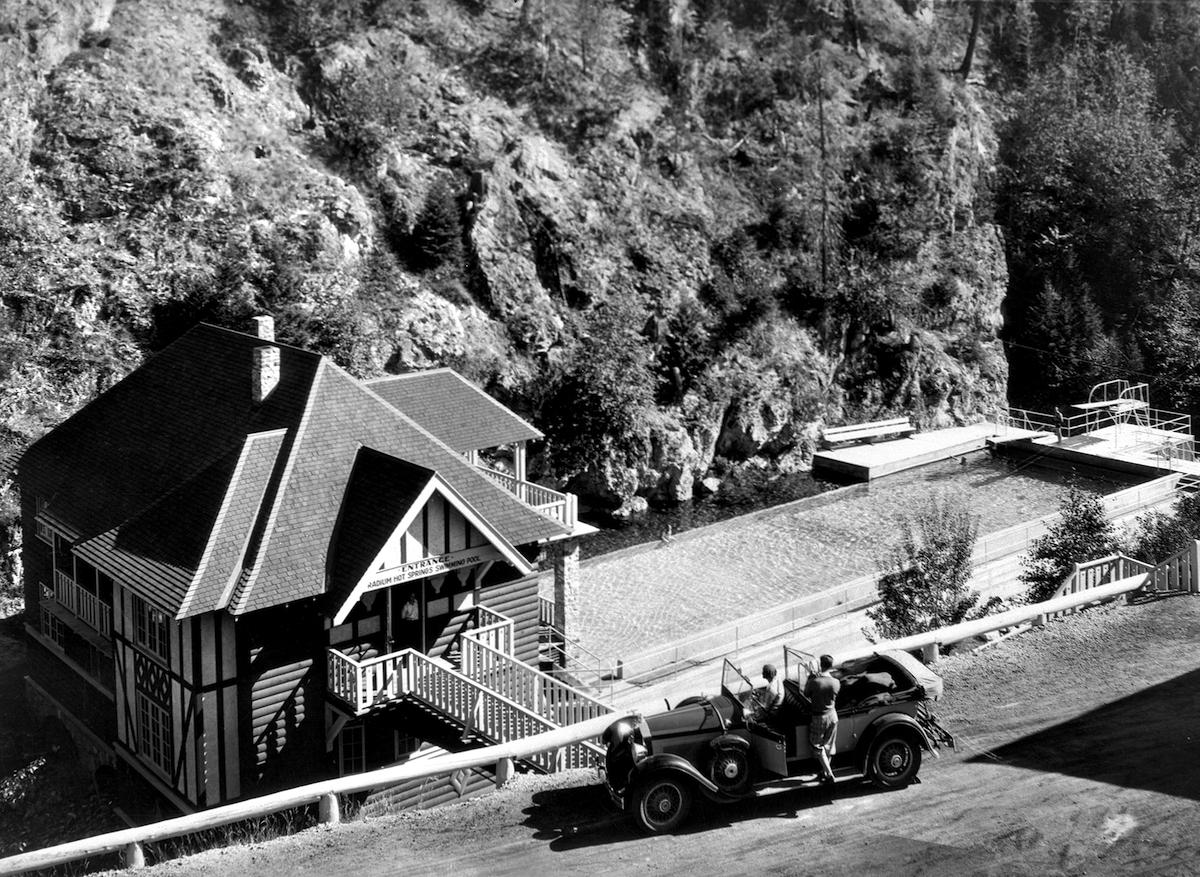
A new bathhouse opened at Radium Hot Springs in Kootenay National Park in June 1928/Parks Canada
On the west coast, she enjoyed studying the 1945 crash of the Canso Bomber (the site is within Pacific Rim National Park Reserve), and expects to work on background material. “History can support different things,” points out Stanley. “It’s not all directly and obviously visitor facing. Sometimes it’s a few steps removed.”
When asked what tool, object or technique is most essential to her work, Stanley says curiosity and being open to being wrong. "There’s a fair bit of serendipity in my work. I may be looking for one thing and find something completely unexpected that helps me humanize the story. And these stories are never finished. We’re always finding out new things or discovering a new way to think about something.”


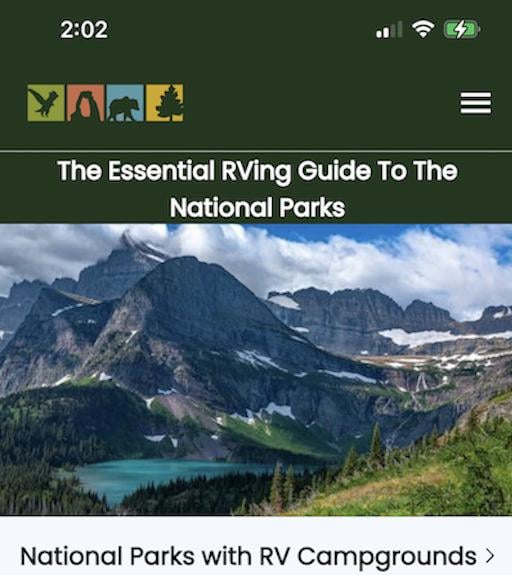
Comments
The installation of a permanent exhibit at Cave & Basin, detailing Canada's first national internment operations, was achieved largely through the vigorous efforts of the Ukrainian Canadian Civil Liberites Association (www.uccla.ca), whose campaign was later complemented by the work of the Canadian First World War Internment Recogntion Fund's Endowment Council (www.internmentcanada.ca). Negotiations about the nature and contents of the Cave & Basin exhibit were protracted. While the end result is a good introduction to how Ukrainians and other Europeans were branded as 'enemy aliens' and forced to do heavy labour for the profit of their jailers, disenfranchized and subjected to other state-sanctioned censures, not because of any wrong they had done but only because of who they were, where they had come from, it falls short for failing to evoke just how crippling this episode in our national history truly was. Readers interested in this subject might want to review the document, 'The Affirmation of Witnesses: The Causes and Consequences of Canada's First National Internment Operations' (found at https://www.internmentcanada.ca/PDF/Affirmation_of_Witness.pdf) and other materials on that site as well as information found on the website of the Ukrainian Canadian Civil Liberites Foundation (www.ucclf.ca). Let's not forget that there were 24 internment camps across Canada from 1914-1920 and how the infrastructure of many of western Canada's national parks was built by forced labourers, housed behind Canadian barbed wire and under guard. This issue will be better explored in the forthcoming Liberties Lost exhibit at the Canadian Museum of History (opening in December 2021).
I really enjoyed reading this article - an excellent and accessible (for a non-historian) summary of a number of Meg's contributions to Parks Canada. Well done!
I enjoyed this piece on Meg, whose both a good friend and a co-author. Public historians like Meg work under constraints different from those of us who work in a university context, and they have opportunities many of us don't have to reach broader audiences. I'm grateful for what I've learned both from her and by her example of rigorous, evidence-based, empathetic history!